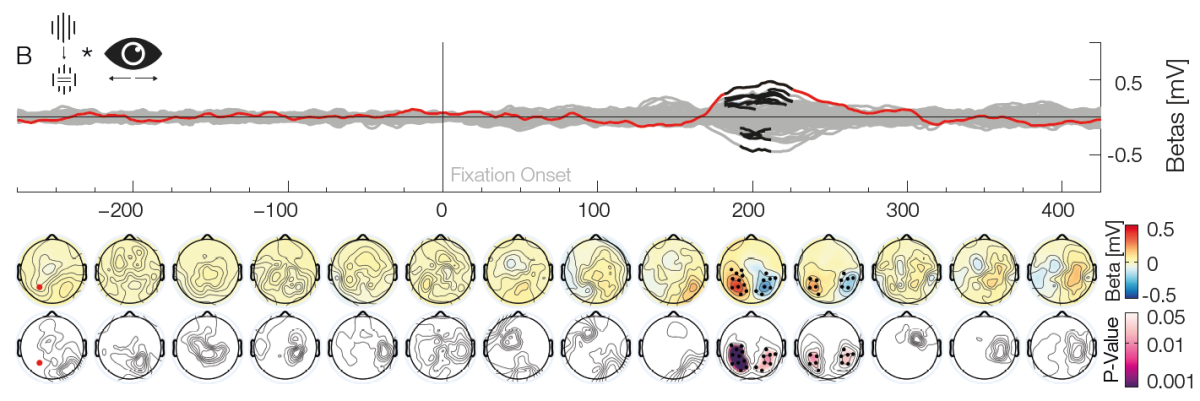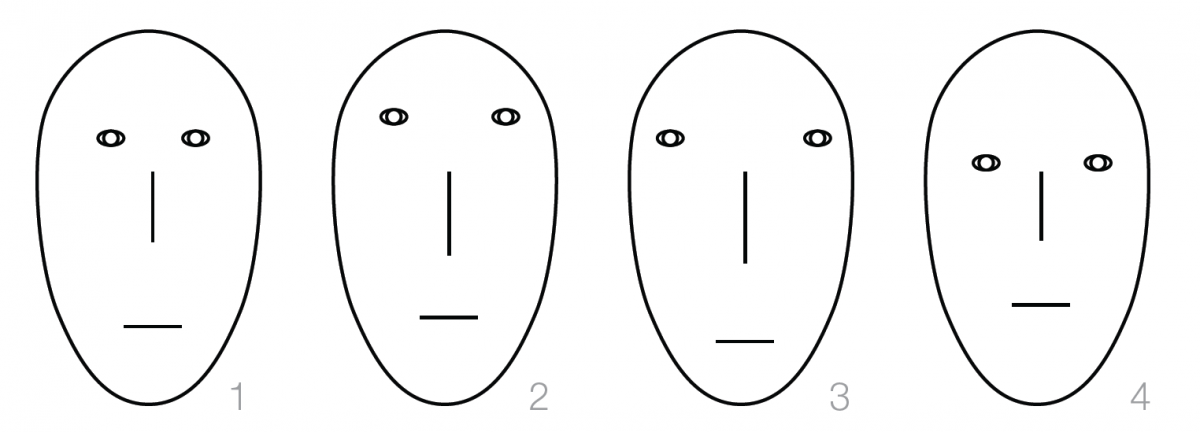Sun Grid Engine Command-Dump
Here in the institute we have a Sun Grid Engine available. It is a tool to post computing-jobs on other workspaces (we have I think up to 60 available). There are certain commands and things that I do regularly which I tend to forget after half a year, or which might be useful for orthes. Show all jobs that are running on the grid qstat -u \* or alternativly for a single user qstat -u behinger exclude a single computer/host from running a job qsub -l mem=5G,h=!computername.domain script.sh to exclude multiple hosts: h=!h4&!h5 or h=!(h4|h5) Source of course mem=5G is…



